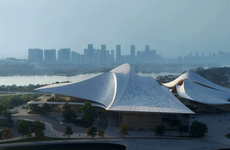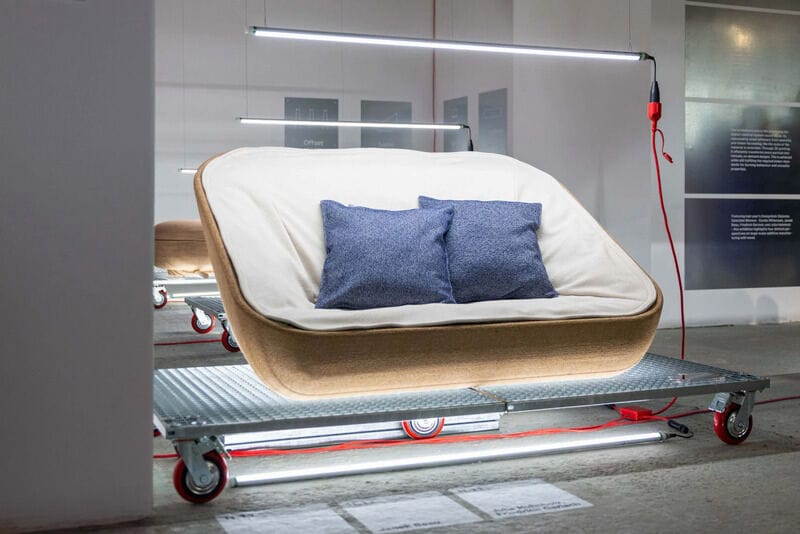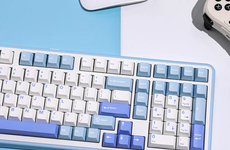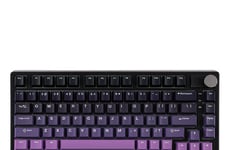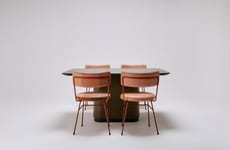
A Team of Designers Created Projects with EconitWood
Amy Duong — January 7, 2025 — Art & Design
References: friedrichgerlach.de & dezeen
A team of designers comprised of Esmée Willemsen, Janek Beau, Friedrich Gerlach, and Julia Huhnholz have created four separate design projects using EconitWood materials. This is produced by Additive Tectonics and is made by blending leftover wood collected from sawmills and timber harvesting fused with natural and flame-retardant magnesium carbonate to bind it. The 3D-printing process allows the designers to create complex shapes without creating waste.
Gerlach shared with Dezeen, "I focused on one key characteristic of this 3D printer: it doesn't really matter if it's printing a single small object or an entire large block in one job — both take roughly the same amount of time. Because of this, I decided to design an object that could be efficiently stacked within the printer's build volume, thereby increasing its overall printing efficiency. This approach could make the process more attractive to companies, as improved efficiency helps lower production costs. I also wanted to demonstrate the printer's capacity, showing that it's possible to print large-scale furniture pieces without any issues."
Image Credit: Esmée Willemsen, Janek Beau, Friedrich Gerlach and Julia Huhnholz
Gerlach shared with Dezeen, "I focused on one key characteristic of this 3D printer: it doesn't really matter if it's printing a single small object or an entire large block in one job — both take roughly the same amount of time. Because of this, I decided to design an object that could be efficiently stacked within the printer's build volume, thereby increasing its overall printing efficiency. This approach could make the process more attractive to companies, as improved efficiency helps lower production costs. I also wanted to demonstrate the printer's capacity, showing that it's possible to print large-scale furniture pieces without any issues."
Image Credit: Esmée Willemsen, Janek Beau, Friedrich Gerlach and Julia Huhnholz
Trend Themes
1. Sustainable Material Innovation - The use of leftover wood and natural magnesium carbonate showcases a shift towards eco-friendly materials in 3D printing, reducing environmental impact.
2. Efficient Manufacturing Processes - Optimizing 3D printing for both small and large projects using the same time frame offers a paradigm shift in manufacturing efficiency, minimizing production costs.
3. Complex Geometric Design - 3D printing enables the creation of intricate shapes in furniture design, which could pave the way for unprecedented aesthetic and functional possibilities.
Industry Implications
1. Furniture Manufacturing - Integrating 3D printing with sustainable materials introduces a new frontier for the furniture industry, driving innovation in design and production techniques.
2. Eco-friendly Materials - The development of EconitWood offers the materials industry a path to sustainable production while maintaining functionality and safety standards.
3. 3D Printing Technology - Advancements in 3D printing processes open potential for broader adoption in industries seeking scalability and efficiency through innovative production methods.
7.6
Score
Popularity
Activity
Freshness



